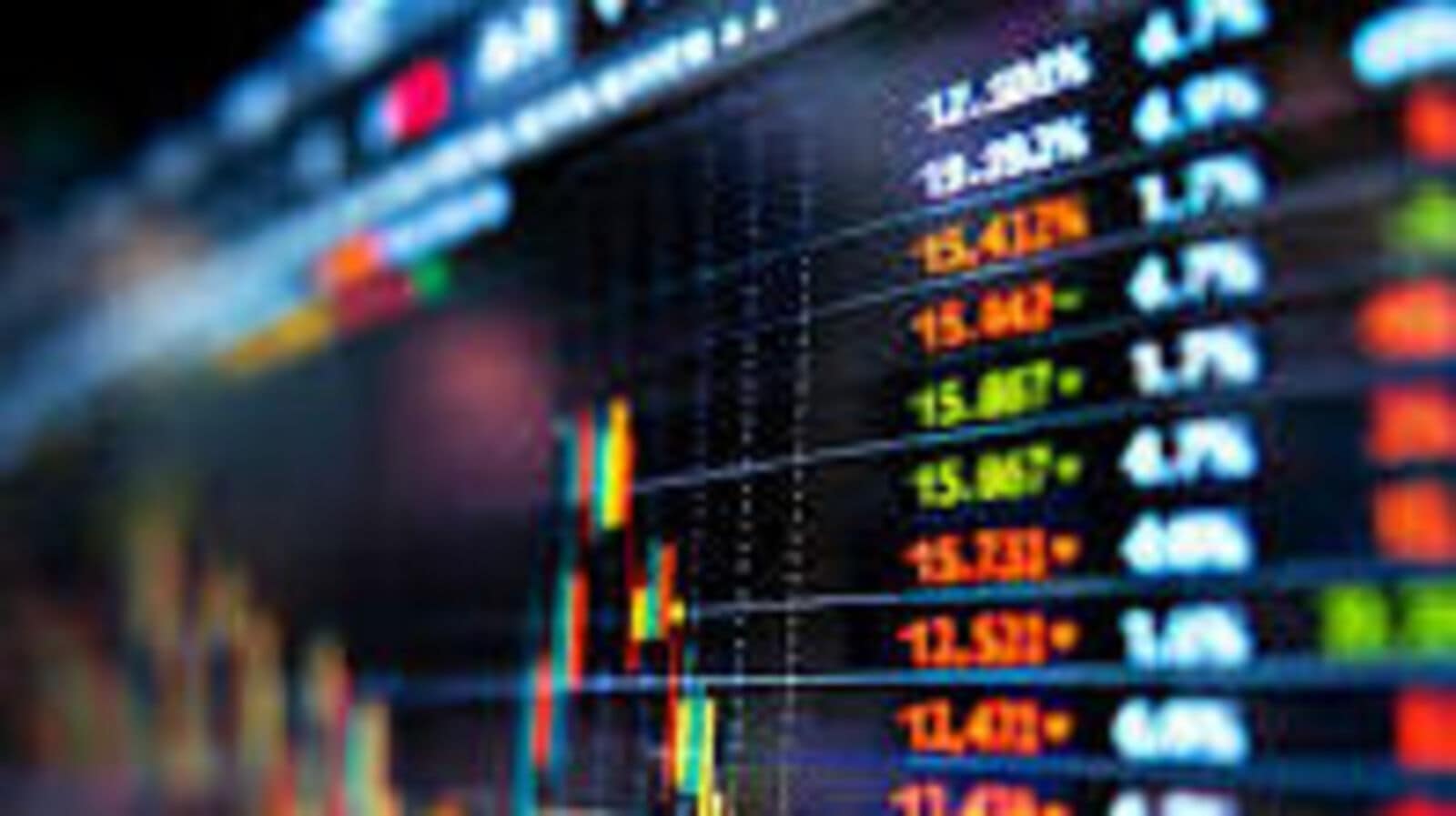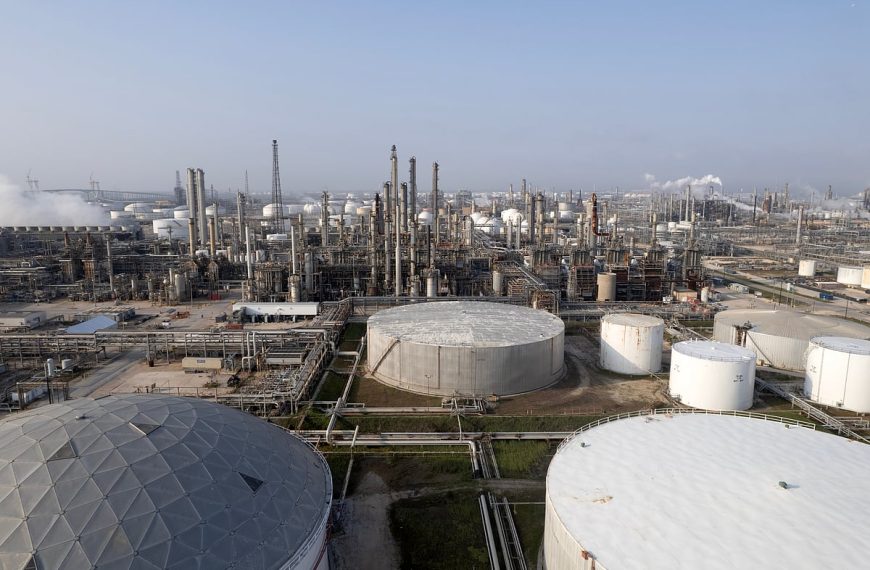The recent trading of voluntary carbon credits in China has brought about dramatic price fluctuations, marking a significant moment since the program’s suspension in 2017. On March 7, the government reopened the market for China Certified Emission Reduction credits, or CCERs, after an eight-year hiatus due to concerns over project quality. These credits allow companies in China’s national carbon market to offset up to 5% of their emissions, creating a space for potential financial benefits.
Price Volatility in CCERs
Since the resumption of trading, CCER prices have experienced extreme volatility. On Monday, prices soared to 107.36 yuan per ton, representing a 21% premium over the allowances they can offset. However, by Thursday, prices plummeted to 72.81 yuan, reflecting a 17% discount.
- Key Price Movements:
- Monday: 107.36 yuan per ton (up 21%)
- Thursday: 72.81 yuan per ton (down 17%)
The brisk trading activity is notable, with 911,000 tons of credits traded in just the first five days, nearly three times the volume seen in the mandatory carbon market. This raises questions about whether the fluctuations are driven by state-owned enterprises eager to support the program’s revival or by the limited availability of newly issued credits.
The Reintroduction of CCERs
Originally introduced in 2012, the CCER program incentivizes projects that mitigate or eliminate greenhouse gas emissions. However, it was suspended in 2017. Last year, the Ministry of Ecology and Environment allowed companies to reapply for project approvals, but with specific restrictions.
New eligible projects now focus on:
- Solar thermal power
- Deepwater offshore wind
- Afforestation
- Mangrove restoration
- Methane emission recovery
- Efficient lighting
These initiatives are crucial for companies seeking funding to enhance profitability.
Recent Project Approvals
Last week, the ministry sanctioned nine new projects expected to generate approximately 9.5 million tons of credits this year. This includes seven deepwater offshore wind farms and a thermal solar facility, developed by prominent firms such as:
- China Three Gorges Corp.
- State Power Investment Corp.
- China Energy Investment Corp.
- China General Nuclear Power Corp.
Future of China’s Carbon Market
Since its launch in 2021, China’s mandatory national carbon market has faced challenges, including oversupply and limited liquidity, which have kept prices significantly lower than those in Europe. The government has indicated plans to expand the market to include sectors such as steel, aluminum, and cement by the end of 2025, aiming to capture a larger fraction of national emissions.
As the market evolves, stakeholders are watching closely to see how these developments will impact carbon pricing and environmental initiatives in China.
For more insights into carbon markets and environmental policies, you may explore resources on carbon trading and green energy initiatives.











